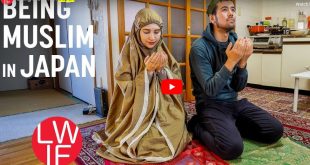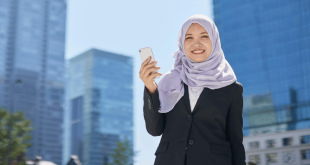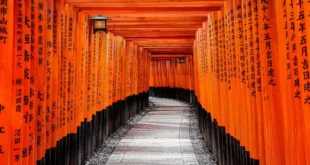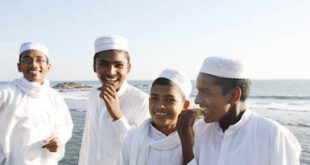Migrant workers and local converts are swelling the ranks of the country’s small but significant Muslim community

There were “hardly any Arabs in the country” says Mohamed Shokeir about the first time he travelled to Japan in 1981 to visit his sister.
She was a student studying Japanese at Cairo University when she met a Japanese man, an Arabist and Muslim convert studying at Al-Azhar University. The pair married and moved to Tokyo in Japan.
Shokeir’s visit to see her was the first act in a journey that would end up defining his life; a trip that left the then-flight attendant enamoured by the country and its people.
“It was fascinating, I fell in love. The people, their attitude, their behaviour, how efficient everything was,” Shokeir says.
“And there was also a mystery about it all as I didn’t understand the language.”
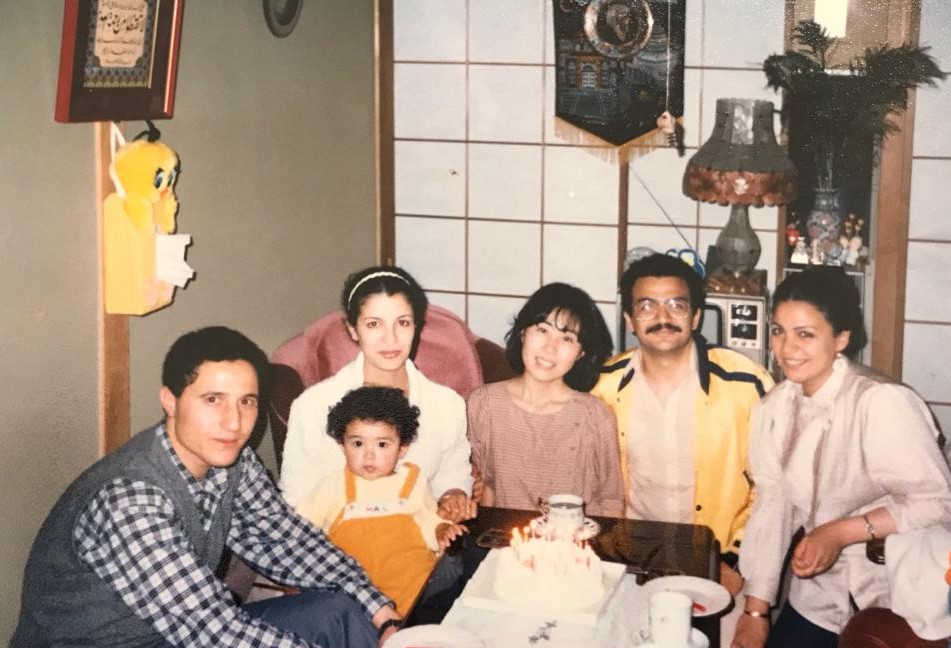
On his third visit to the country in 1983, he decided to stay and found a place close to his sister in Fujimidai, in north east Tokyo. He enrolled in a Japanese language course by day and worked for a translation company that produced instruction manuals for Japanese electrical appliances in the afternoons.
That same year, he met his future wife Yoko on a Tokyo train in the evening rush hour.
“I had taken the train in the wrong direction, I’d only been in the country a few months and my Japanese then wasn’t that good. I asked the girl who was holding the same handlebar as me how to get to my stop. She told me in good English how to get where I needed to be.”
Shokeir asked for Yoko’s number as he was impressed by her language skills and keen to make more Japanese friends. “She didn’t have a pen, and nor did I, but a fellow passenger overheard and offered his pen, so I got her number.” Five years later she became his wife.
Yoko says that while her immediate family did not object to the pairing, some more distant relatives have refused to accept it.
“My husband and I had been in a relationship for a few years before we got married, so my mother, who raised me by herself after my father died in an accident when I was young, and my younger sister did not object to it,” she says.
“They respected my beliefs. But my two aunts opposed the marriage, and I have not been in contact with them since.”
Yoko studied Arabic and Islam before converting to the faith ahead of her marriage in 1988, and made changes to her lifestyle, such as substituting pork with chicken in the fresh steamed gyozas she would make.
In setting up his life in Japan, Shokeir, now 63, became a part of one of the smallest Muslim populations in the world relative to the general population.
According to Professor Emeritus Hirofumi Tanada, a Japanese expert on Islam, there were somewhere between 110,000 to 120,000 Muslims in Japan in 2010, but in a decade that number had roughly doubled to around 230,000.
Around 183,000 of these are non-Japanese Muslims, mainly from Indonesia, Pakistan and Bangladesh – Arab Muslims account for around 6,000. The rest, around 46,000, are Japanese Muslims.
Even with the dramatic rise in the number of Muslims, they are still a tiny proportion of Japan’s total population of more than 126 million people who mainly follow the Shinto faith or Buddhism. Nevertheless, Tanada says his country needs to adapt to its changing demography.
With a declining birth rate, ageing Japanese population and a growing migrant workforce, the slow but steady rise of Muslims in the country could help address some of the issues associated with those trends.
Most of Japan’s migrant workforce comes from neighbouring countries, such as China, Vietnam, Cambodia, but their presence has not helped stop the effects of an ageing population.
Migration and conversion
Professor Tanada says that while the number of Muslims is increasing, there is no single explanation for the rise.
“There’s increased migration. Muslim migrants from these countries came to Japan for work, study and stayed. Conversion has increased because many Muslims married with Japanese people, then [the] Japanese convert at the time of marriage.”
There are also examples of the opposite, with Japanese people bringing their Muslim partners back to settle in the country.
Omneya Al Adeeli, 27, is one such newcomer. She moved to Japan just before the start of the coronavirus pandemic in November 2019, after marrying her Japanese husband Shotaro Ono, who converted at the time of marriage.
They met while he was visiting Nablus in the occupied West Bank, where Al Adeeli owned and ran a small Korean and Japanese eatery called KimPal.
“I’ve always been fascinated by Japanese culture, I used to watch anime when I was younger and also learnt my first Japanese words from there, I later took a Japanese culture course at Al Najah University in Nablus.” Al Adeeli also has a degree in English from Al Quds Open University.
“Being aware of Japanese culture is different from living it, but I am keen to embrace and immerse myself more into my life here.”
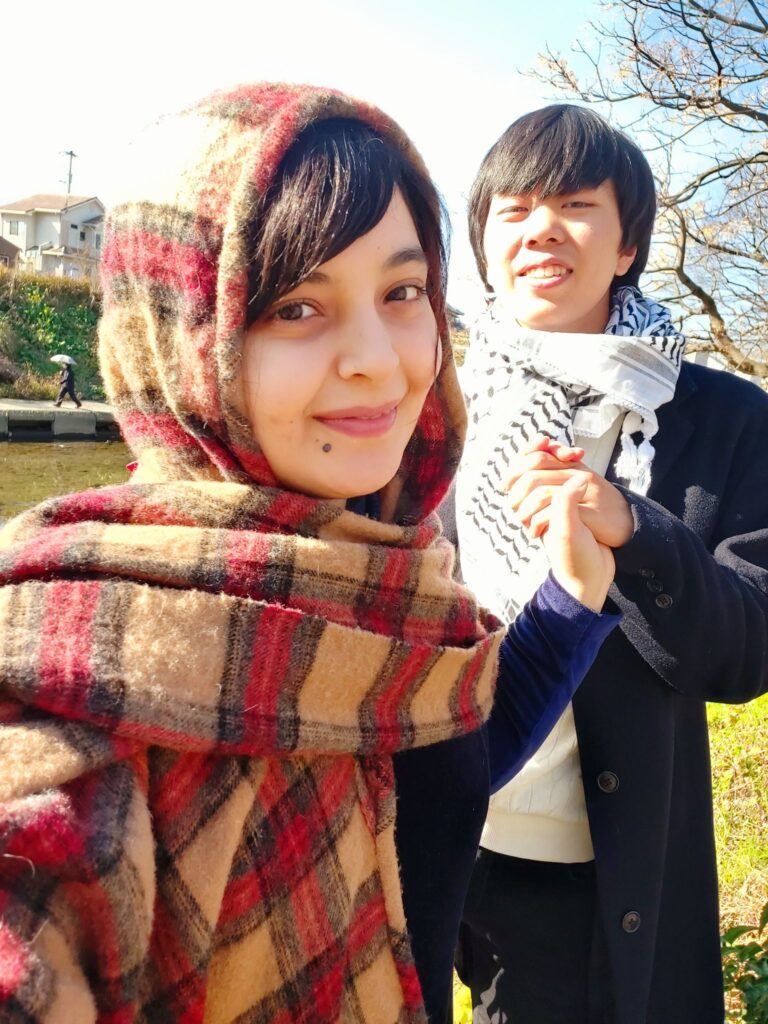
Now working as an Arabic language writer for a tourism company in Tokyo, Al Adeeli says she is excited about the opportunities her new home country has to offer.
“I love the freedom here, which is missing in Palestine. I can move wherever I want here without checkpoints stopping me. I also love the respect between people, the feeling of equality.”
According to Tanada, who authored the book Mosques in Japan: The Communal Activities of Muslims Living in Japan, Japan will see an increase in second- and third-generation Muslims from those who have “settled down and established a family” in the country.
“These Muslims are going to be ‘hybrid Muslims’ that will be exposed to diverse cultural backgrounds. They would be the key people to help bridge the local community with the Muslim community.”
Tanada says there are now 110 mosques in the archipelago compared to the 80s, when there were just four.
But the professor cautions against equating growth with integration. He says most Japanese people are unaware of this steady increase, and the communities exist as “parallel societies without interaction”.
“There are negative stereotypes of Muslims in Japan, just like there are in Europe. Media covering terrorism by Muslim terrorists and other negative news coverages on Islam created this,” he says.
“While it is not easy to change our misconceptions and stereotypes about the Muslim community painted by the media, I hope people could start by taking an interest in them and visit mosques that are open to the general public.”
Tanada believes Japan must adapt to its changing demography and work towards “multicultural coexistence”, with more interaction needed between the cultures.
One possible case study in that regard is 30-year-old Marliza Madung, who moved to the city of Kobe, west of Osaka, in 2011 after winning a scholarship from the Malaysian government to study Biotechnology at Osaka University.
Madung, originally from Sabah in the Malaysian region of Borneo, says she believes coexistence is at the essence of a harmonious society.
She studied the Japanese language in a two-year intensive course before moving to the country. Her interest in Japanese culture has since expanded to include topics as nuanced as the etiquette involved in the giving and receiving business cards, and how to write an email.
“I showed my boss how I can adapt to the Japanese working style by communicating and writing in Japanese, by learning their business manners of extreme politeness and to prove that even with culture differences, I can still learn and adapt well”, she says. “In return, my boss always gives me time to pray, and lets me have a holiday during the Muslim festival of Eid”.
Developing relations
Madung’s adopted hometown of Kobe is also home to Japan’s first mosque, built in 1935. Tokyo’s main mosque was built three years later by the Turk-Tatars in 1938 and then redeveloped as Tokyo Camii in 2000.
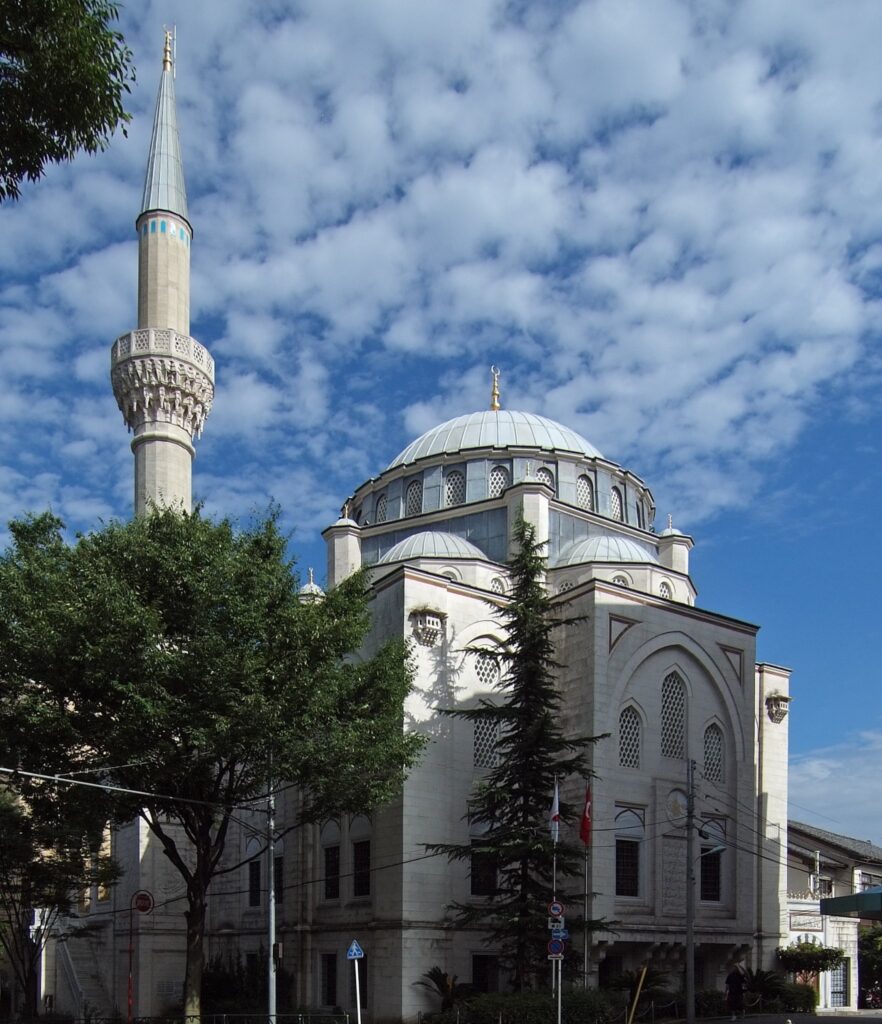
With the fall of the Ottoman Empire, Turks travelled across Asia as travellers and traders to seek a better life, says Shokeir. “Turkish immigrants were the first from the Muslim world to move to Japan. It wasn’t that great economically back then, especially after the Second World War, people struggled.”
But as communities settled and established themselves in the country, mainly running shops and services, or working in the factories, the Muslim community began to grow.
Shokeir, contributing writer for The Arab, a quarterly digest on Japan-Arab relations, says the relationship between Japan and the Arab world used to be “very superficial” until the oil crises in 1973 and 1979. It was only then that many Japanese people started paying attention to the Middle East.
He states: “Eighty-five percent of its [Japan’s] oil is imported from the Gulf countries, so when the Saudis opened the Arabic Islamic Institute in Tokyo, there were a lot of students going there to study Arabic, it was becoming popular. They wanted to know who are these people that we buy our energy from?”
Out of the Arab states, Saudi Arabia has the most established relationship with Japan. The Japan Foundation, a cultural exchange programme set up in 1972, started co-sponsoring students in “state of the art” technical colleges in Saudi Arabia, Shokeir, also the Arabic media writer at Qatar’s Georgetown University, tells Middle East Eye from his home in Doha.
“The other co-sponsors were the Saudi government and big technical and automotive industries that were rising in Japan, like Panasonic, Sony and Toyota. Graduates from these exceptional colleges would walk straight into engineering careers,” he says.
An ‘ideal’ society
Despite first travelling to Japan with no knowledge of its language and knowing little about its culture, four decades later Shokeir is happily married to his Japanese wife and is a fluent speaker of Japanese.
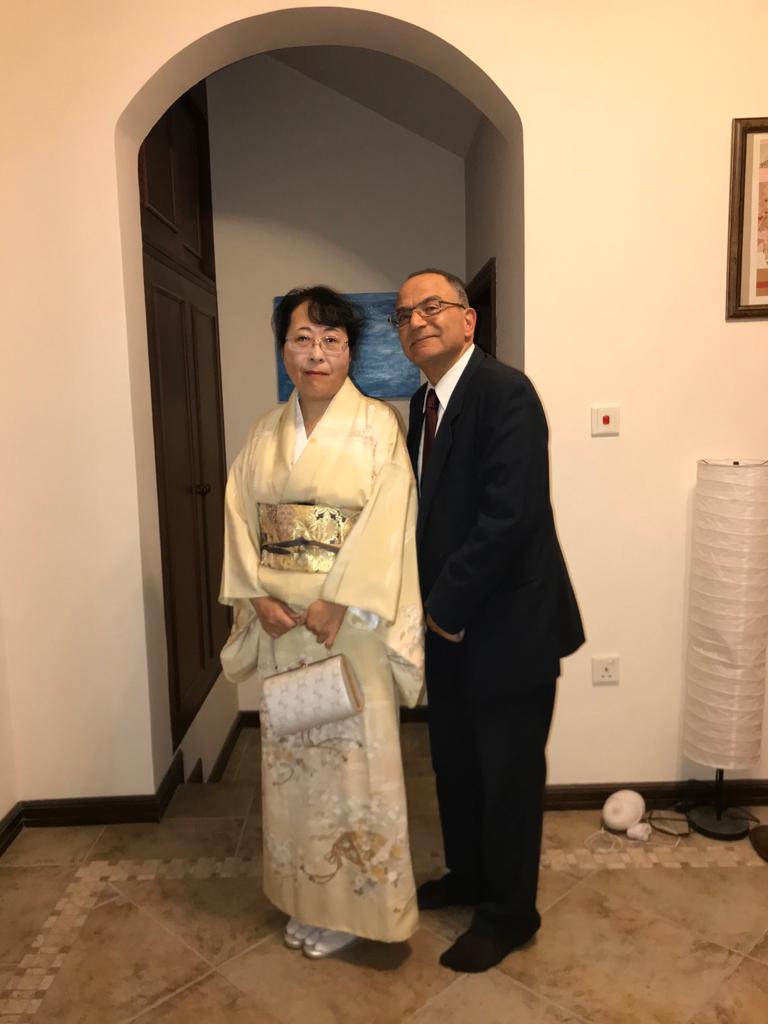
Shokeir’s language skills – fluency in Arabic and English – and hard work opened doors for him, leading to a job first at the Omani embassy in Tokyo, working as research officer, and then with Japan’s main news network NHK where he worked as a news producer. He later joined BBC Arabic in London, and then in 2006 moved to Qatar to join Aljazeera English.
“Japan a meritocratic society and hard work pays off. There is no outward racism there towards Muslims or Arabs, although in Japanese film, the Arab is often shown as ‘the wealthy guy’, as a generous big spender but very superficial with a naive mentality.”
Shokeir says that in his experience, “the Japanese are not rude by nature (but) some have their own racist mentality, considering themselves at the top of the pyramid in Asia, like the Brits do in Europe.
“You must remember the Japanese colonised China, Malaysia, the Philippines, they were all once Japanese colonies. But unlike western colonisers, they don’t show racism.”
Halal sushi
In a sign the country is adapting to the growth of Muslim tourism and to its domestic Muslim community, there are now almost 800 halal-friendly restaurants serving dishes that have either halal-certified meat, or are pork and alcohol-free.
But Shokeir recalls the only place halal meat was available in the early 80s was from a Pakistani butchers in Tokyo who would sell a limited supply of meat to the Muslim community.
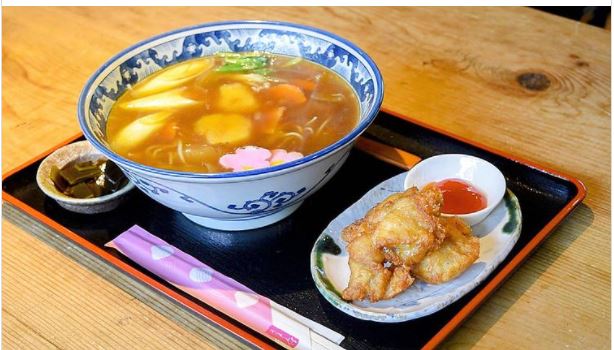
“There would be others who bought their own livestock and would do their own sacrifices privately, but they would sell this to other Muslims either at the mosque or it could be ordered.
“There were a couple of Arabic restaurants back then, but none of them claimed to be serving halal meat. I stuck mainly to seafood, which was easy to do, and avoided pork products.”
Shokeir and a few others knew what the Japanese letters for pork or “bantu” were in kanji script and printed this out to circulate amongst the Muslim community, so others could steer away from foods that contained pork, a popular ingredient in Japanese dishes.
“Japan has really come a long way, and developed and adapted to the communities living there. It makes me reconsider returning there for retirement.”
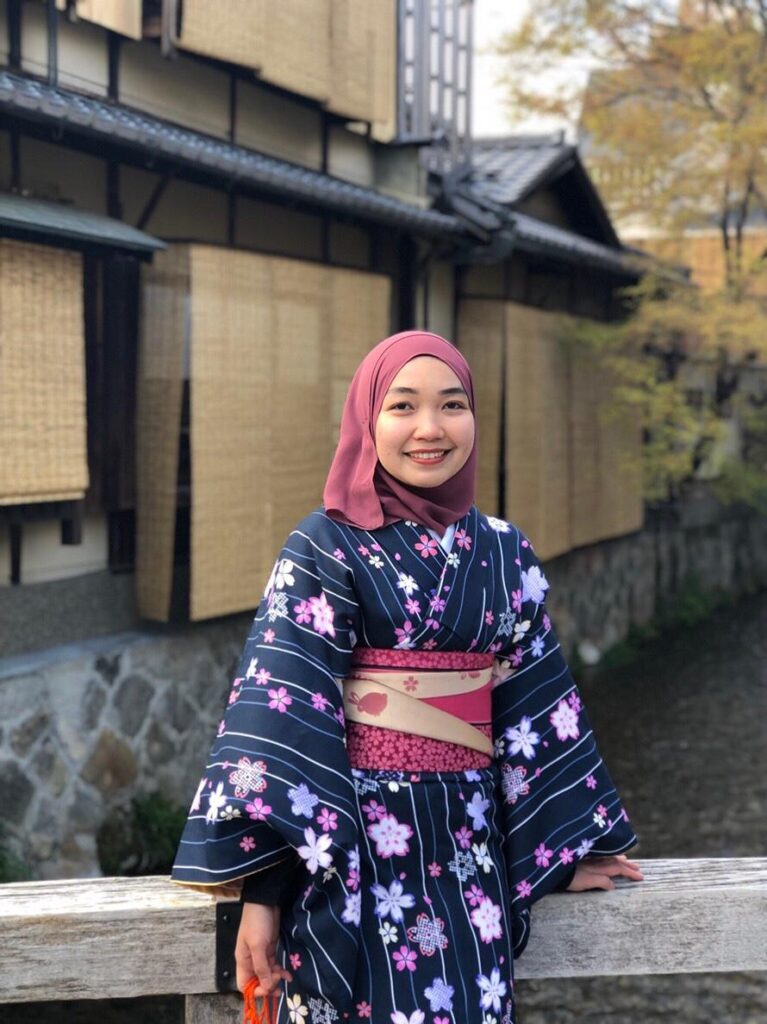
Marliza Madung says there are more facilities for Muslims now than there were ten years ago (Credit: Marliza Madung)
Madung agrees. She’s noticed the rapid growth in catering to Muslim needs in the last decade that she’s been living in the country.
“The Japanese government and even the private sector have made a lot of effort to accommodate Muslims in Japan. When I came 10 years ago, I was worried as there were only a few halal restaurants, but now halal food is easy to find, even in mainstream supermarkets like Gyomu Supa you can now buy halal products.”
And although she enjoys the “safety and convenience” she says Japan offers, she doesn’t plan on settling there.
“I’d only marry a Japanese man if he was willing to return to live in Malaysia with me.”
Similarities and differences
For Shokeir, his cross-cultural marriage has worked, and he says there are similarities between Arab and Japanese cultures but you have to look for them. “I’d say the main one is the value of family, and respect for the elders.”
One difference between cultures Shokeir noticed early in his 33-year marriage was when the newly wedded couple invited some friends over.
“In Japan people don’t often invite others to their home as homes are quite small, but we did and Yoko made some food and the guests ate the food, and the food finished.
“When they left, I felt a little embarrassed and said to my wife, we didn’t have enough food and people were hungry, as culturally we offer big meals. She said ‘I think they liked the food and they ate it all’.
“We sometimes have different outlooks to the same events, and maybe even different priorities, but through compromise and understanding we have made it work.”
Post Disclaimer | Support Us
Support Us
The sailanmuslim.com web site entirely supported by individual donors and well wishers. If you regularly visit this site and wish to show your appreciation, or if you wish to see further development of sailanmuslim.com, please donate us
IMPORTANT : All content hosted on sailanmuslim.com is solely for non-commercial purposes and with the permission of original copyright holders. Any other use of the hosted content, such as for financial gain, requires express approval from the copyright owners.
 Sri lanka Muslims Web Portal Sri Lanka Muslims News Center
Sri lanka Muslims Web Portal Sri Lanka Muslims News Center
 Donate
Donate